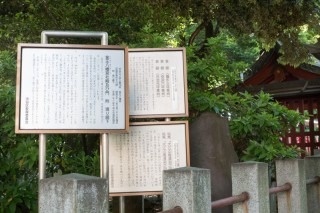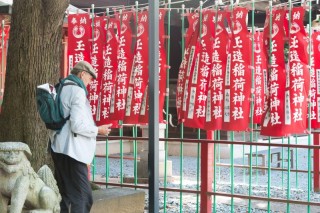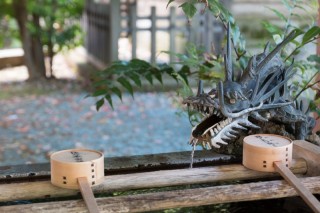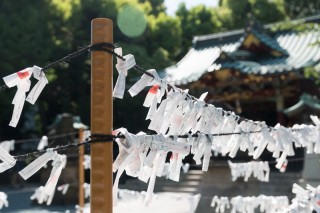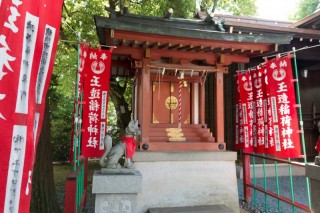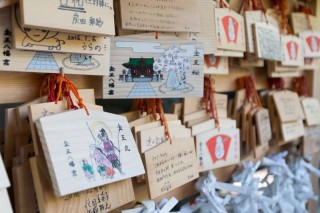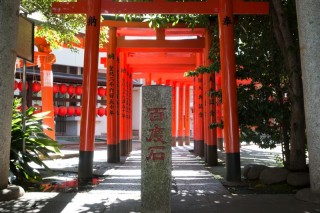Loading
Search
▼ Konnõ Hachimangū Shrine in Shibuya
- Category:Shrine and Temple

JAPAN TRAVEL
A quiet place to stop and think in bustling Shibuya
Shibuya is known for many things – for the large population, for Shibuya station being one of the busiest railway stations in Tokyo, for the scramble across Shibuya Crossing, for being a fashion district and of course for the nightlife. Therefore it is totally understandable that the Konnõ Hachimangū Shrine, which is a beautiful shrine that also happens to be pretty packed with history, may go by unnoticed by many.
The shrine was built in the year of 1612 in the Shibuya castle premises and is currently the oldest wooden building in the Shibuya ward. That means that the shrine has been in that spot for over 400 years! Named after the Shibuya clan, the shrine was initially named Shibuya Hachimangū but it was changed to Konnõ Hachimangū as it later became a place to remember a son of the Shibuya clan, Konnōmaru, who joined the military at age 17 and established his fame in the Hogen Rebellion.
Konnõ Hachimangū is beautifully decorated; with its contrasting colors of orange-red walls, green roof and golden detailing, sitting in the middle surrounded by trees with a high-rise as a backdrop, it really does capture one’s attention.
Konnõ Hachimangū is beautifully decorated; with its contrasting colors of orange-red walls, green roof and golden detailing, sitting in the middle surrounded by trees with a high-rise as a backdrop, it really does capture one’s attention.
Once you enter the shrine, there is an immediate sense of stillness in the air. You no longer hear conversations or the sounds of the busy streets; instead you hear the sound of water flowing from the chōzuya (filled water basins for worshippers to wash their hands and mouths before approaching the shrine), the leaves and branches softly rattling as the breeze blows, and the occasional bird chirping.
To the left of the shrine, there is a Kagura-den, which is a stage used for traditional music and dance during ceremonies. There are many benches in front of the stage for people to rest and take a break from whatever they have going on in their lives. It’s also a meeting point for some people.
If you’re there long enough, you’ll see people from all ages coming to say a little prayer. They walk up the steps to the shrine, bow once, clap twice, say a prayer and bow again.
If you’re there long enough, you’ll see people from all ages coming to say a little prayer. They walk up the steps to the shrine, bow once, clap twice, say a prayer and bow again.
Located only about 5 minutes from the Shibuya station, I truly think it’s worth the visit when you’re in Shibuya. It may not be the easiest place to find, however with the help of Google Maps, it shouldn’t be too big of a problem.
- May 17, 2016
- Comment (0)
- Trackback(0)


